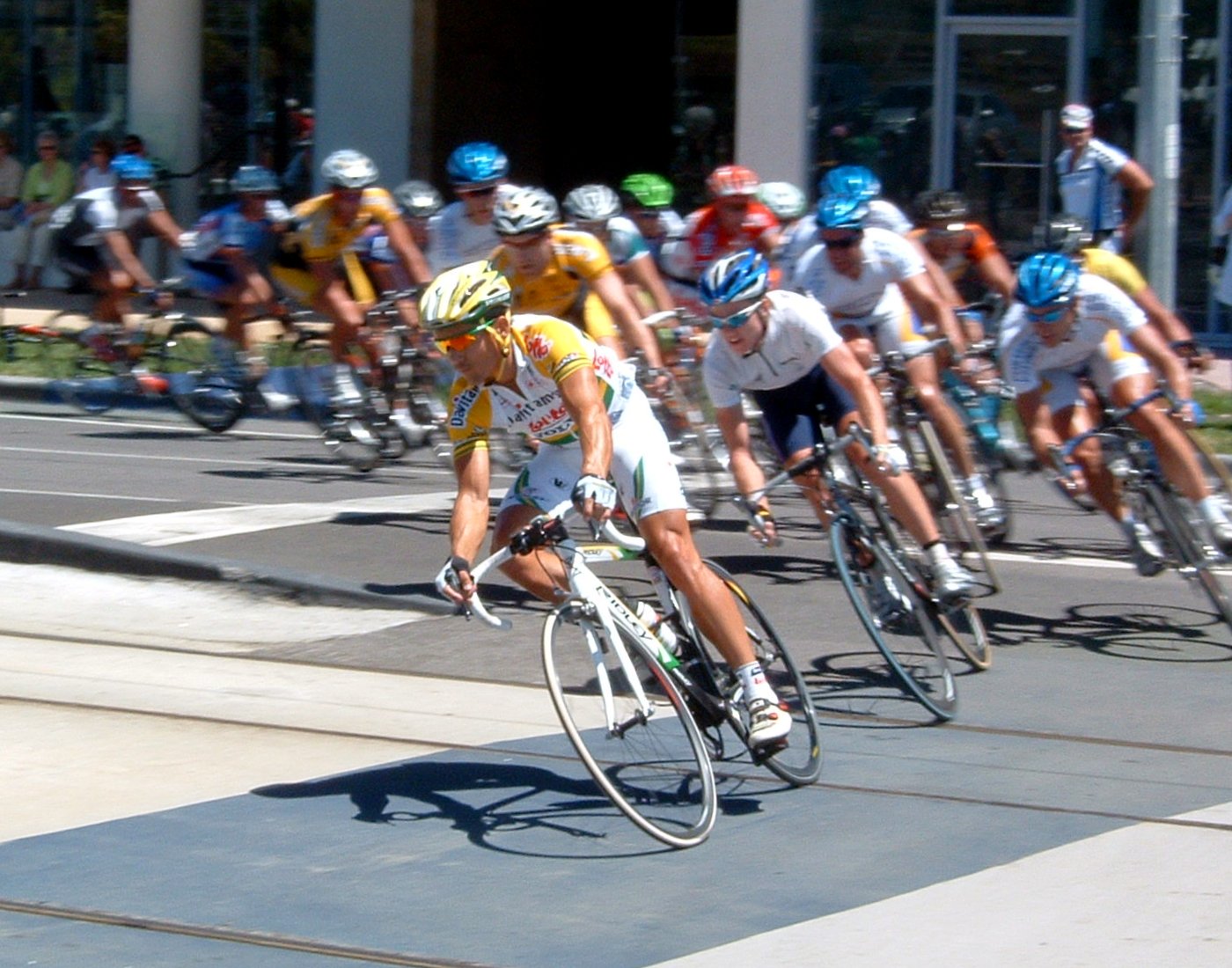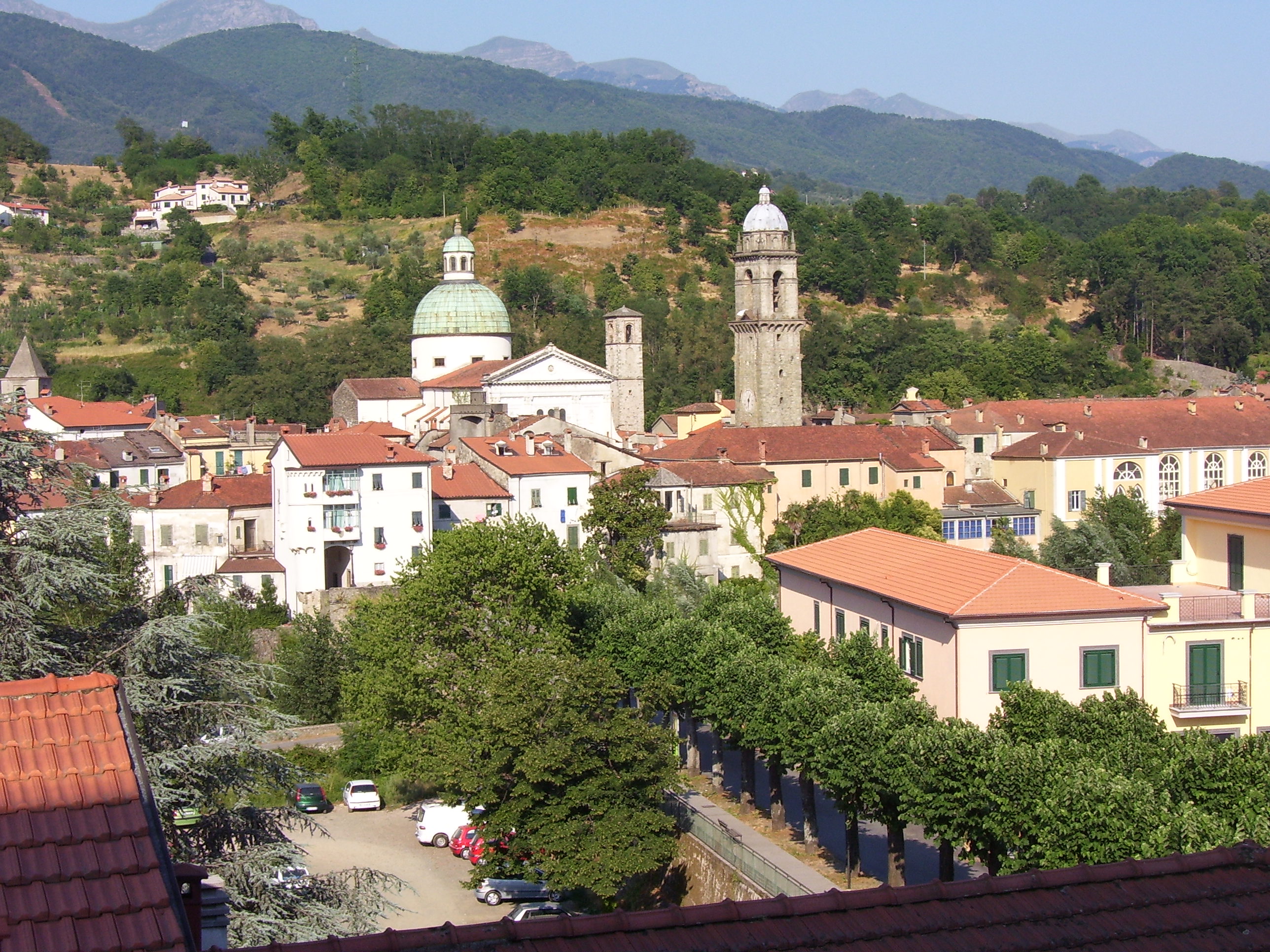|
2004 Giro D'Italia
The 2004 Giro d'Italia was the 87th edition of the Giro d'Italia, one of cycling's Grand Tours. It began in Genoa with a prologue. The race came to a close with a mass-start road stage that stretched from Clusone to Milan. Nineteen teams entered the race that was won by the Italian Damiano Cunego of the team. Second and third were the Ukrainian Serhiy Honchar and Italian Gilberto Simoni. In the race's other classifications, rider Fabian Wegmann won the mountains classification, Raffaele Illiano of the team won the intergiro classification, and rider Alessandro Petacchi won the points classification. In addition to the points classification, Petacchi also won the secondary most combative and Azzurri d'Italia classifications. finished as the winners of the ''Trofeo Fast Team'' classification, ranking each of the nineteen teams contesting the race by lowest cumulative time. The other team classification, the ''Trofeo Super Team'' classification, where the teams' riders ar ... [...More Info...] [...Related Items...] OR: [Wikipedia] [Google] [Baidu] |
Damiano Cunego
Damiano Cunego (born 19 September 1981) is an Italian former professional road racing cyclist, who rode professionally between 2002 and 2018 for the , and teams. Cunego's biggest wins were the 2004 Giro d'Italia, the 2008 Amstel Gold Race, and the Giro di Lombardia in 2004, 2007 and 2008. He finished second in the UCI Road World Championships in 2008 and in the 2008 UCI ProTour. Primarily a climber, he improved his time-trialing and was characterized by great sprinting ability, unusual for a climber. Career Saeco–Longoni Sport (2002–04) Born in Cerro Veronese, Veneto, Cunego began cycling as a teenager after being a successful cross-country runner. He was discovered by Giuseppe Martinelli who also worked closely with Marco Pantani. Cunego turned professional in 2002 at the age of 20 with , winning the Giro d'Oro and the Giro Medio Brenta in his first season. In 2003 he won the seventh stage and the overall classification of the Tour of Qinghai Lake. He came to promine ... [...More Info...] [...Related Items...] OR: [Wikipedia] [Google] [Baidu] |
Time Trial
In many racing sports, an athlete (or occasionally a team of athletes) will compete in a time trial against the clock to secure the fastest time. The format of a time trial can vary, but usually follow a format where each athlete or team sets off at a predetermined interval to set the fastest time on a course. Variation in sports Cycling In cycling, for example, a time trial (TT) can be a single track cycling event, or an individual or team time trial on the road, and either or both of the latter may form components of multi-day stage races. In contrast to other types of races, athletes race alone since they are sent out in intervals (interval starts), as opposed to a mass start. Time trialist will often seek to maintain marginal aerodynamic gains as the races are often won or lost by a couple of seconds. Skiing In cross-country skiing and biathlon competitions, skiers are sent out in 30 to 60 second intervals. Rowing In rowing, time trial races, where the boats are se ... [...More Info...] [...Related Items...] OR: [Wikipedia] [Google] [Baidu] |
Frosinone
Frosinone (, local dialect: ) is a town and ''comune'' in Lazio, central Italy, the administrative seat of the province of Frosinone. It is located about south-east of Rome close to the Rome-Naples A1 Motorway. The city is the main city of the Valle Latina ("Latin Valley"), an Italian geographical and historical region that extends from south of Rome to Cassino. Until the nineteenth century it was a village with a rural vocation, while from the twentieth century it became an important industrial and commercial center. Traditionally considered a Volscian city, with the name of ''Frusna'' and then the Roman of Latium adiectum as ''Frùsino'', over the course of its millenary history it has been subjected to multiple devastations and plunders caused by its geostrategic position; as a consequence of this, as well as due to the destruction due to seismic events (the most ruinous of which occurred in September 1349), it retains only rare, albeit significant, traces of its past. Etymolog ... [...More Info...] [...Related Items...] OR: [Wikipedia] [Google] [Baidu] |
Valmontone
Valmontone is a ''comune'' (municipality) in the Metropolitan City of Rome in the Italian region Lazio, located about southeast of Rome. Geography The historic part of the town is situated on a tuffaceous hill, above sea level, part of a morphological system of valleys and low relieves, known as Alta Valle del Sacco (High Valley of Sacco River). There are many natural springs due to the high water levels underground. Because of this the landscape is covered by forest and farmland. To preserve this water system, in Valmontone exists the C.E.R.I., a center for the prevention and control of hydro-geological risks. History The origins of Valmontone are uncertain: it seems that a village was founded before the rise of Rome on a hill in the modern municipality of the town, and its ruins were visible until the 18th century. Perhaps these are the remains of the ancient Labicum, which, according to the myth, was founded by Glaucus, Minos’ son: the name of the village derives fro ... [...More Info...] [...Related Items...] OR: [Wikipedia] [Google] [Baidu] |
Robbie McEwen
Robbie McEwen (born 24 June 1972) is an Australian former professional road cyclist. McEwen is a three-time winner of the Tour de France points classification and, at the peak of his career, was considered the world's fastest sprinter. He last rode for on the UCI World Tour. A former Australian BMX champion, McEwen switched to road cycling in 1990 at 18 years of age. He raced as a professional from 1996 until 2012. McEwen retired from the World Tour after riding the 2012 Tour of California and is now a cycling broadcast commentator on the Tour Down Under and the Tour de France. Career McEwen was born in Brisbane. After four years of moving through the regional, state and national levels of cycling, he started at the Australian Institute of Sport in Canberra under road cycling coach Heiko Salzwedel. The first signs of his sprinting prowess on the international stage were at the Peace Race, winning three stages for the Australian national team. McEwen competed in the roa ... [...More Info...] [...Related Items...] OR: [Wikipedia] [Google] [Baidu] |
Spoleto
Spoleto (, also , , ; la, Spoletum) is an ancient city in the Italian province of Perugia in east-central Umbria on a foothill of the Apennines. It is S. of Trevi, N. of Terni, SE of Perugia; SE of Florence; and N of Rome. History Spoleto was situated on the eastern branch of the Via Flaminia, which forked into two roads at Narni and rejoined at ''Forum Flaminii'', near Foligno. An ancient road also ran hence to Nursia. The ''Ponte Sanguinario'' of the 1st century BC still exists. The Forum lies under today's marketplace. Located at the head of a large, broad valley, surrounded by mountains, Spoleto has long occupied a strategic geographical position. It appears to have been an important town to the original Umbri tribes, who built walls around their settlement in the 5th century BC, some of which are visible today. The first historical mention of ''Spoletium'' is the notice of the foundation of a colony there in 241 BC; and it was still, according to Cicero ''colonia ... [...More Info...] [...Related Items...] OR: [Wikipedia] [Google] [Baidu] |
Civitella In Val Di Chiana
Civitella in Val di Chiana (official name), often also Civitella di Val di Chiana, is a ''comune'' in the province of Arezzo, south of Arezzo in Tuscany, Italy. It is one of the best-preserved of the network of Lombard fortresses of the 6th and the 7th century in central Italy, strategically placed to control the whole territory. The characteristic elliptical shape of the military settlements can still be seen in the layout of the town walls. History Already inhabited in Roman times, it was occupied and fortified by the Lombards in the 6th century. In the 11th century it became a possession of the Bishops of Arezzo, and renamed "Civitella del Vescovo" ("Little Bishop's City"). In the 13th century the city was destroyed after the battle of Pieve al Toppo, cited by Dante Alighieri and fought nearby between Arezzo and Siena. After the Aretine defeat at Campaldino (1289) the city was annexed by Florence. In 1311 Arezzo regained it, holding until 1348, whenceforth it remained the se ... [...More Info...] [...Related Items...] OR: [Wikipedia] [Google] [Baidu] |
Porretta Terme
Porretta Terme ( Bolognese: ''Puratta'') is a town of the Reno Valley Tuscan-Emilian Apennines, a ''frazione'' of the ''comune'' of Alto Reno Terme, Emilia-Romagna. Porretta Terme is located about south-west of Bologna. Known since Roman times for its thermal springs, it is also a center for winter sports thanks to the nearby resorts of Corno alle Scale, Abetone, Monte Cimone. It was a separate ''comune'' until January 2016, when it merged with Granaglione to form the new comune of Alto Reno Terme. During campaign of Italy in World War II, Porretta housed the Headquarters of the 1st Brazilian Army division between November 1944 and the final breakthrough of the Gothic Line.Oliveira, Frank Marcio de. ''Attache Extraordinaire: Vernon A. Walters in Brazil'' National Defense Intelligence College, 2010. . Pages 10-11. Since December 1987, Porretta Terme is the site of a soul music festival designed by Graziano Uliani, a passionate soul music fan, who, after attending the events in M ... [...More Info...] [...Related Items...] OR: [Wikipedia] [Google] [Baidu] |
Pontremoli
Pontremoli (; local egl, Pontrémal; la, Apua) is a small city, ''comune'' former Latin Catholic bishopric in the province of Massa and Carrara, Tuscany region, central Italy. Literally translated, Pontremoli means "Trembling Bridge" (from ''ponte'' "bridge" and ''tremare'' "to tremble"), as the commune was named after a prominent bridge across the Magra. Pontremoli is in the upper valley of the Magra, northeast of La Spezia by rail and south-southwest of Parma. History Pontremoli is believed to have been first settled around 1000 BC. It was known in Roman times as Apua. The commune later became an independent municipality in 1226 thanks to Frederick II who chartered the free municipality, partly because of its mountainous terrain. This terrain in the valley of the Magra also made Pontremoli a target for numerous conquests from rival Italian and foreign lords. Pontremoli was controlled by various aristocratic families, including the Malaspina (in 1319) and the Antelminel ... [...More Info...] [...Related Items...] OR: [Wikipedia] [Google] [Baidu] |
Novi Ligure
Novi Ligure (; lij, Nêuve ; pms, Neuvi ) is a city and ''comune'' north of Genoa, in the Piedmont region of the province of Alessandria of northwest Italy. The town produces food, iron, steel, and textiles. It is an important junction for both road and railroad. History The community of ''Curtis Nova'' in 970 was donated by Emperor Otto I to the monastery of St. Salvatore in Pavia, becoming a castle around the year 1000. Novi was a free commune until 1157, when it fell to Tortona. It was handed over the marquis of Montferrat in 1223, returning briefly to Tortona in 1232–64. In 1353 Giovanni Visconti of Milan and Genoa conquered it. Novi was donated to the latter in 1392, but was occupied by the condottiero Facino Cane in 1409–12. In 1447, after the death of Filippo Maria Visconti, the governors of the city decided to free forever from Milan, and gave it to Genoa. Around this time, a feudal lord Galeazzo Cavanna was Signore di Castel Gazzo, a fortress on the edge of the ... [...More Info...] [...Related Items...] OR: [Wikipedia] [Google] [Baidu] |






